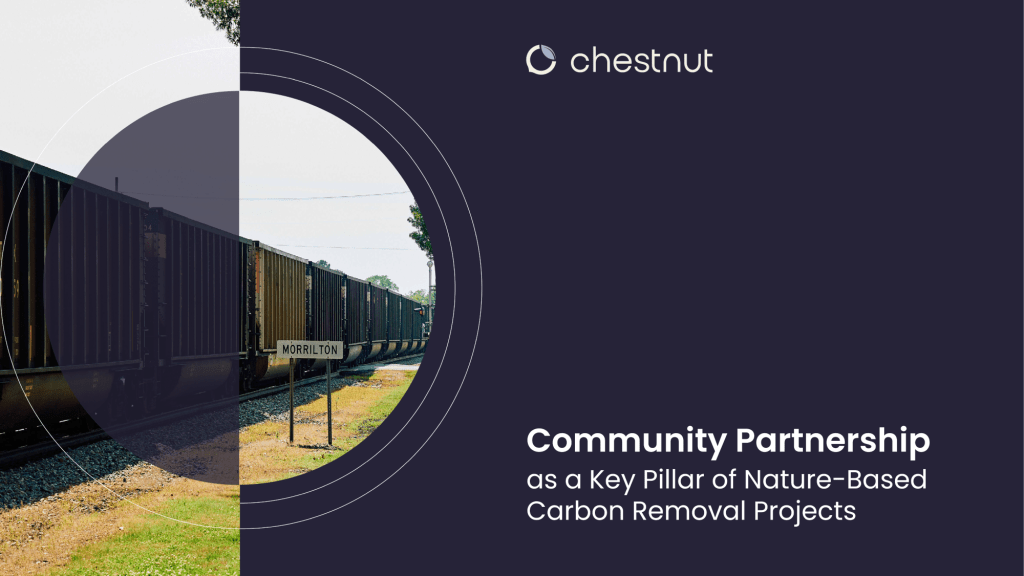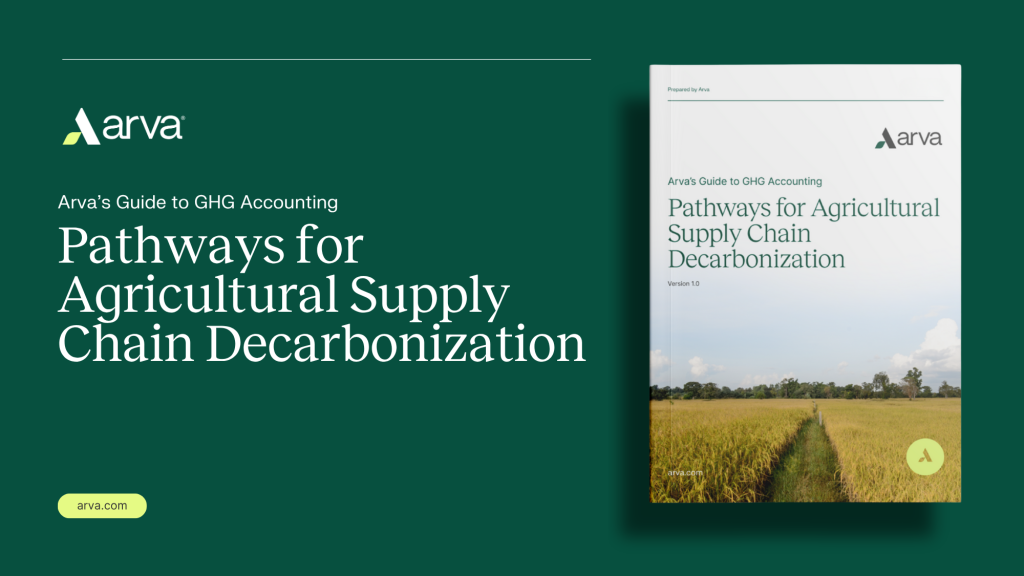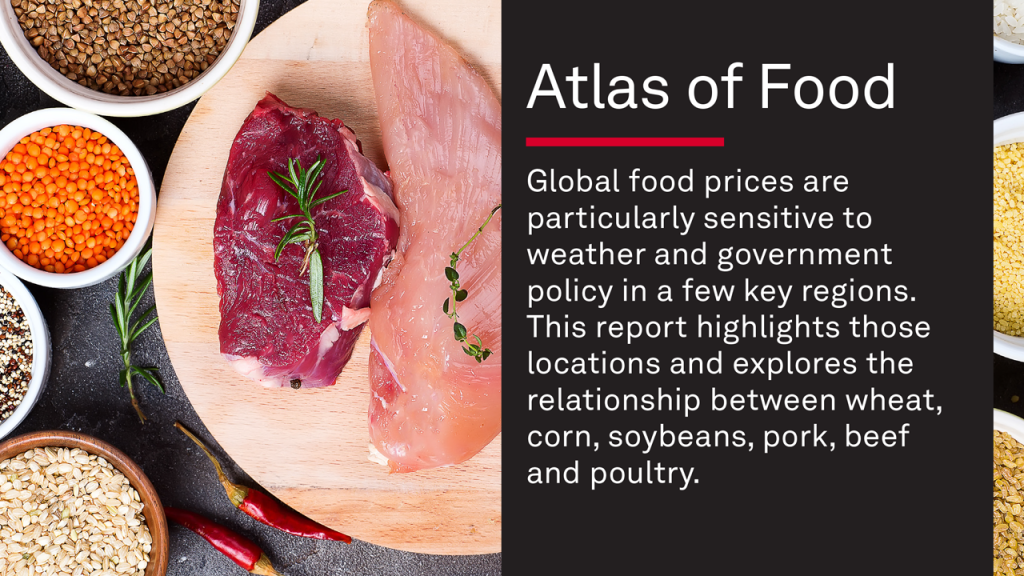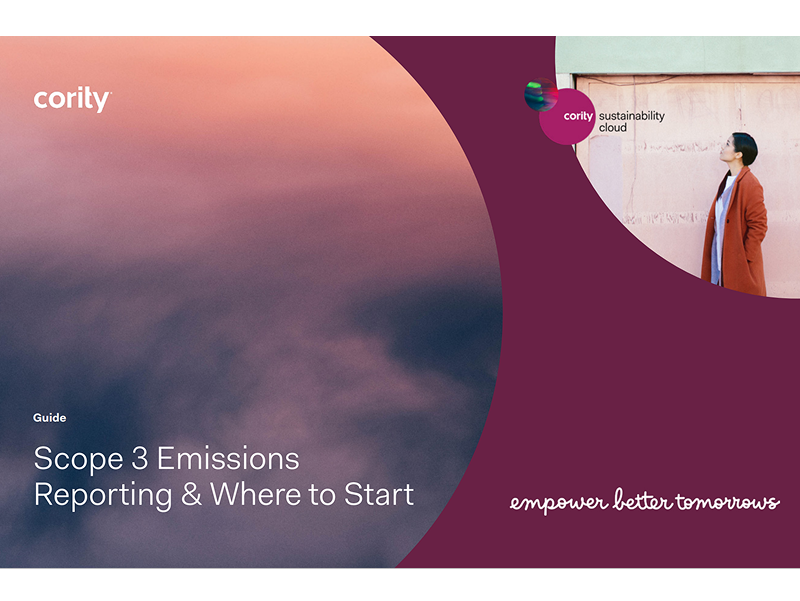Reducing Greenhouse Gas Emissions in the United States Using Existing Federal Authorities and State Action
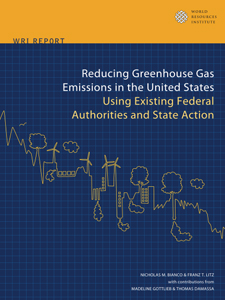
This report shows how the U.S. could reduce greenhouse gas emissions 14 percent below 2005 levels by 2020 by aggressively using existing state and federal policies.
A 14 percent reduction falls short of President Barack Obama’s Copenhagen commitment, as well the emissions reduction targets put forth in the most recent climate legislation that was put forth and failed over the last year. It also pales in comparison to the cuts most scientists say is needed to avoid the worst effects of climate change.
“The study highlights both the need to pass climate legislation and the importance of preserving existing authorities,” Jonathan Lash, president of the World Resources Institute, which wrote the report, said in a statement. “The study’s findings make it very clear that current efforts by Congress to curb U.S. EPA authority will undermine U.S. competitiveness in a clean energy world economy, block control of dangerous pollutants, and put the U.S. at odds with its allies.”
The 14 percent reduction would require pushing existing laws and regulations to the fullest extent possible under a set of circumstances the World Resources Institute calls the “go-getter” scenario. The Obama administration and states would have to maintain “steadfast resolve” in order to achieve this upper range of emissions reductions.
The WRI study also evaluated the potential results from three other scenarios: a “lackluster” scenario with efforts in the lower range of what is technically possible; “middle-of-the-road,” based on the medium range of what is technically feasible, with moderate regulatory ambition; and a “business-as-usual” scenario.
